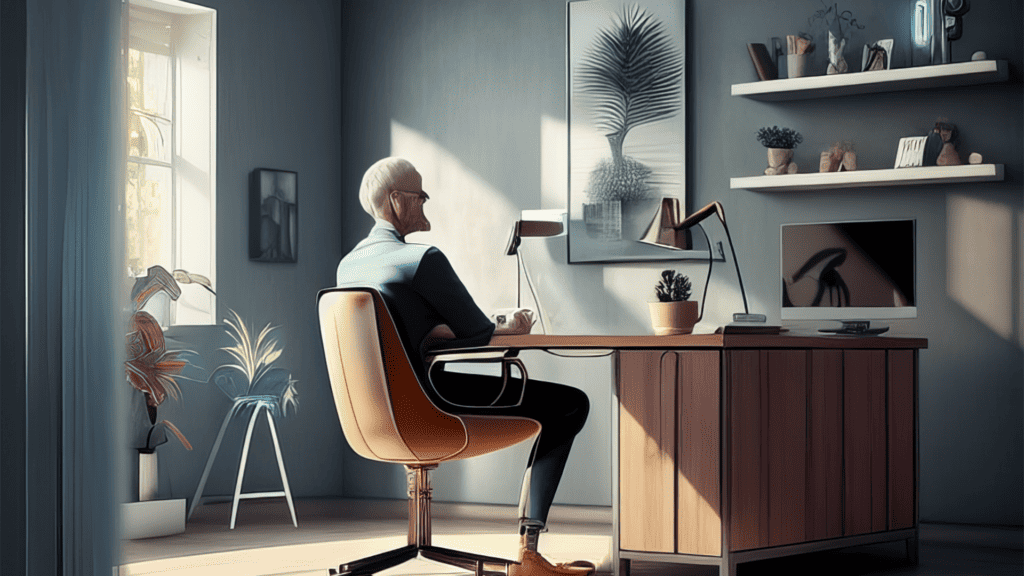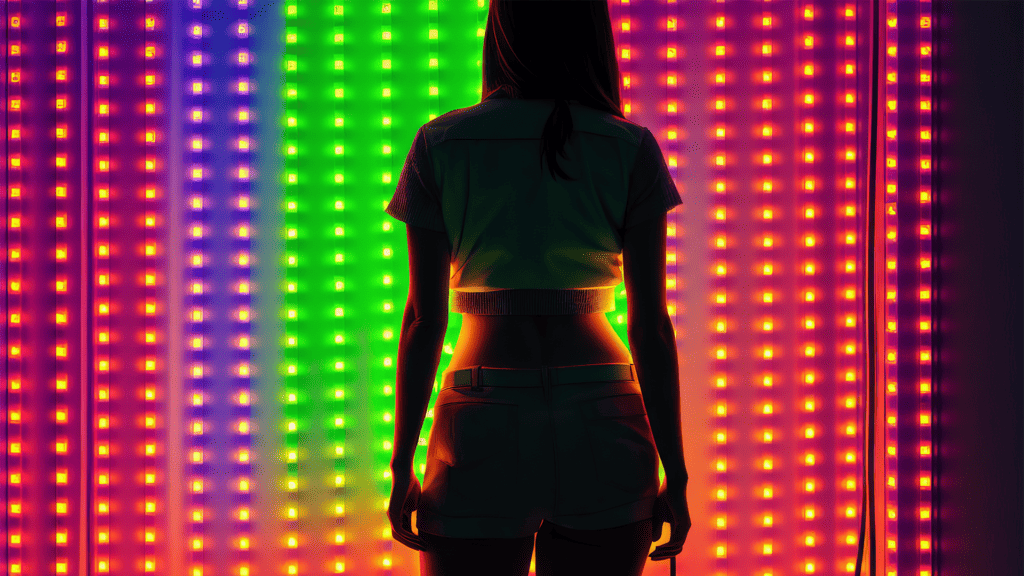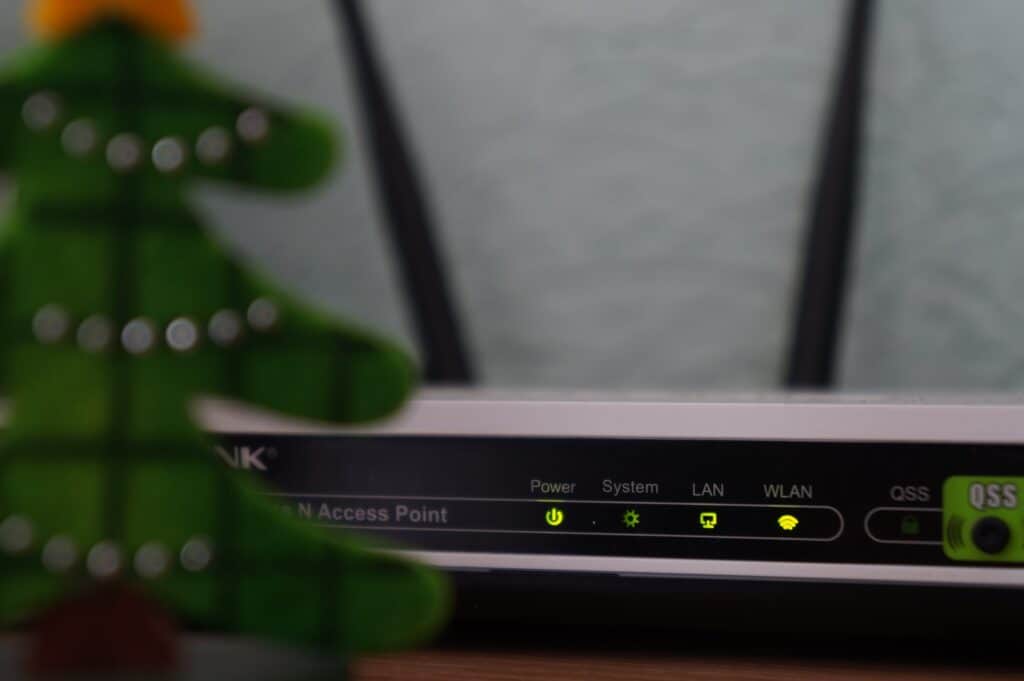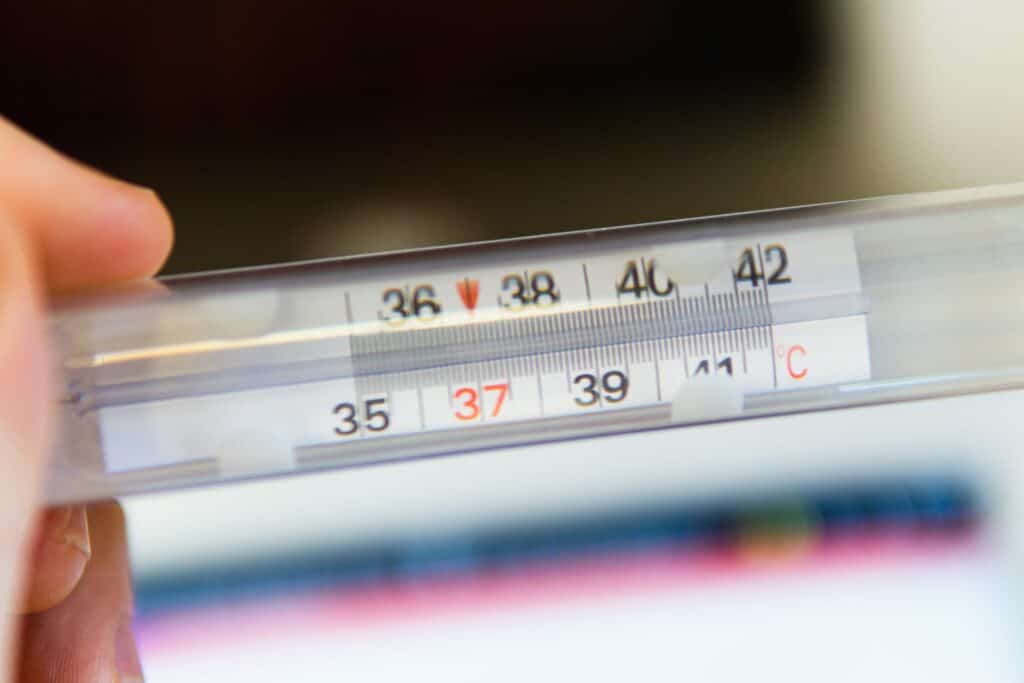
How to build the easiest Zigbee chair occupancy sensor
This DIY Zigbee chair occupancy sensor for Home Assistant doesn't require soldering, knowledge of electronics, or 3D-printing.
Welcome to our guide page for Home Assistant, ESPHome, and smart home automation! This page is designed to provide you with comprehensive and step-by-step guides for setting up and using Home Assistant, ESPHome, and various smart home devices. Whether you're a beginner or an experienced user, our guides will help you make the most out of your smart home setup. We cover everything from the basics of home automation to advanced topics like automating your lights and controlling your devices with voice commands. Join us as we explore the exciting world of smart homes and discover how easy it is to make your home smarter, safer, and more comfortable!
Disclosure: This page contains affiliate links. If you click through and make a purchase, I will earn a commission, at no additional cost to you. Read my full disclosure here.

This DIY Zigbee chair occupancy sensor for Home Assistant doesn't require soldering, knowledge of electronics, or 3D-printing.

While you could use your smartphone and the Home Assistant dashboard to achieve the same thing, starting a script, turning on a light, or setting a scene using smart buttons can be more intuitive.

Zigbee door/window sensors are grand additions to a smart home. They can be used to set off Home Assistant automations and as conditions in scripts.

Previous versions of the Gledopto LED controllers had some serious flaws. Will these be fixed in the Gledopto Zigbee 3.0 LED Controller Pro?

In this guide I'll be showing you how to convert a readily available Aqara Water Leak Sensor into an instant rain meter.

This guide will tell you how to optimise the 2.4 GHz band, which Zigbee and Wi-Fi use, in your smart home.

A chair occupancy sensor might sound like a gimmick at first but there are some actually useful use-cases once you start to think about it.

In a Zigbee network, a group is a collection of endpoints such as multiple lightbulbs. They can be used to reduce Zigbee traffic.

Once you know what to buy I can almost guarantee that you will come away with a more flexible and cheaper alternative to the Philips Hue Lightstrips.

Being able to measure the temperature and humidity is one of the basics of a smart home. Here you will find a selection of highly-rated temperature and humidity sensors which are all compatible with Home Assistant.